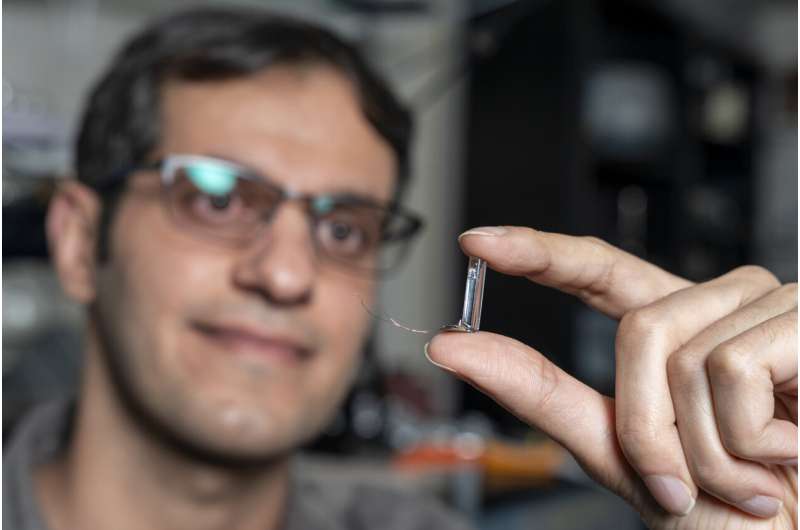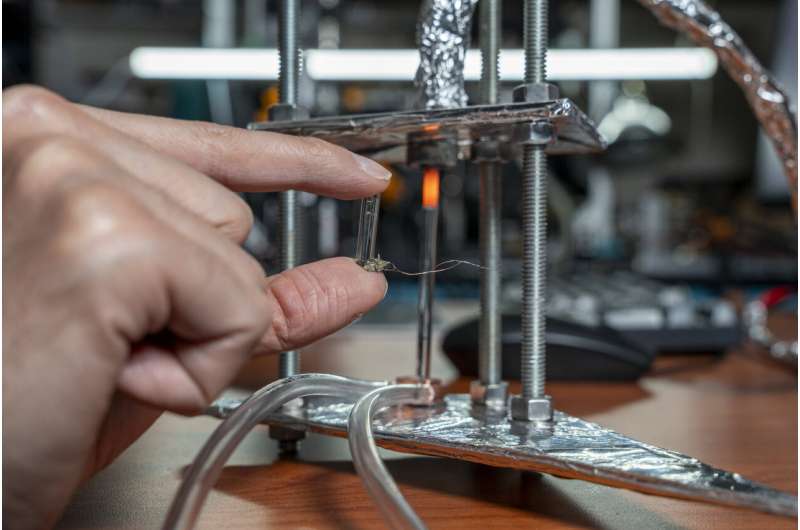With the potential to revolutionize industries and drastically cut carbon emissions, this innovation could redefine the future of sustainable power.

A team of engineers and material scientists at the University of Colorado Boulder’s Paul M. Rady Department of Mechanical Engineering has made a breakthrough in energy generation that challenges fundamental thermal physics. Led by Assistant Professor Longji Cui, the research—conducted in collaboration with the National Renewable Energy Laboratory (NREL) and the University of Wisconsin-Madison.
Their innovation allows thermal radiation to be converted into electricity more efficiently than ever before, bypassing a key limitation known as Planck’s law. This could revolutionize power generation by enabling energy harvesting from lower-temperature sources without relying on costly materials.
Traditional thermophotovoltaic (TPV) devices convert heat into electricity but are limited by Planck’s thermal radiation law, which restricts the energy they can capture at a given temperature. Cui’s team, however, has engineered a compact TPV device that doubles power output compared to conventional designs.

“When we explored this technology, we theoretically predicted a high level of enhancement,” said Ph.D. researcher Mohammad Habibi. “After real-world experiments, we saw the enhancement ourselves and knew it was something great.”
The Zero-Vacuum Gap Innovation
Instead of using a vacuum gap between the heat source and solar cell—an industry standard—the researchers replaced it with an infrared-transparent glass spacer. This innovation significantly improves power density while maintaining safety at lower temperatures, making it compatible with industrial applications.Their device operates at 1,000°C but produces power comparable to existing designs at 1,400°C.
The team believes alternative materials like amorphous silicon could increase power density nearly 20-fold, offering immense commercial potential. The device could provide cleaner electricity for heavy industries like steel, glass, and cement production, helping to lower carbon emissions. With a patent pending, the team is eager to bring this technology to market, ushering in a new era of efficient energy harvesting.







